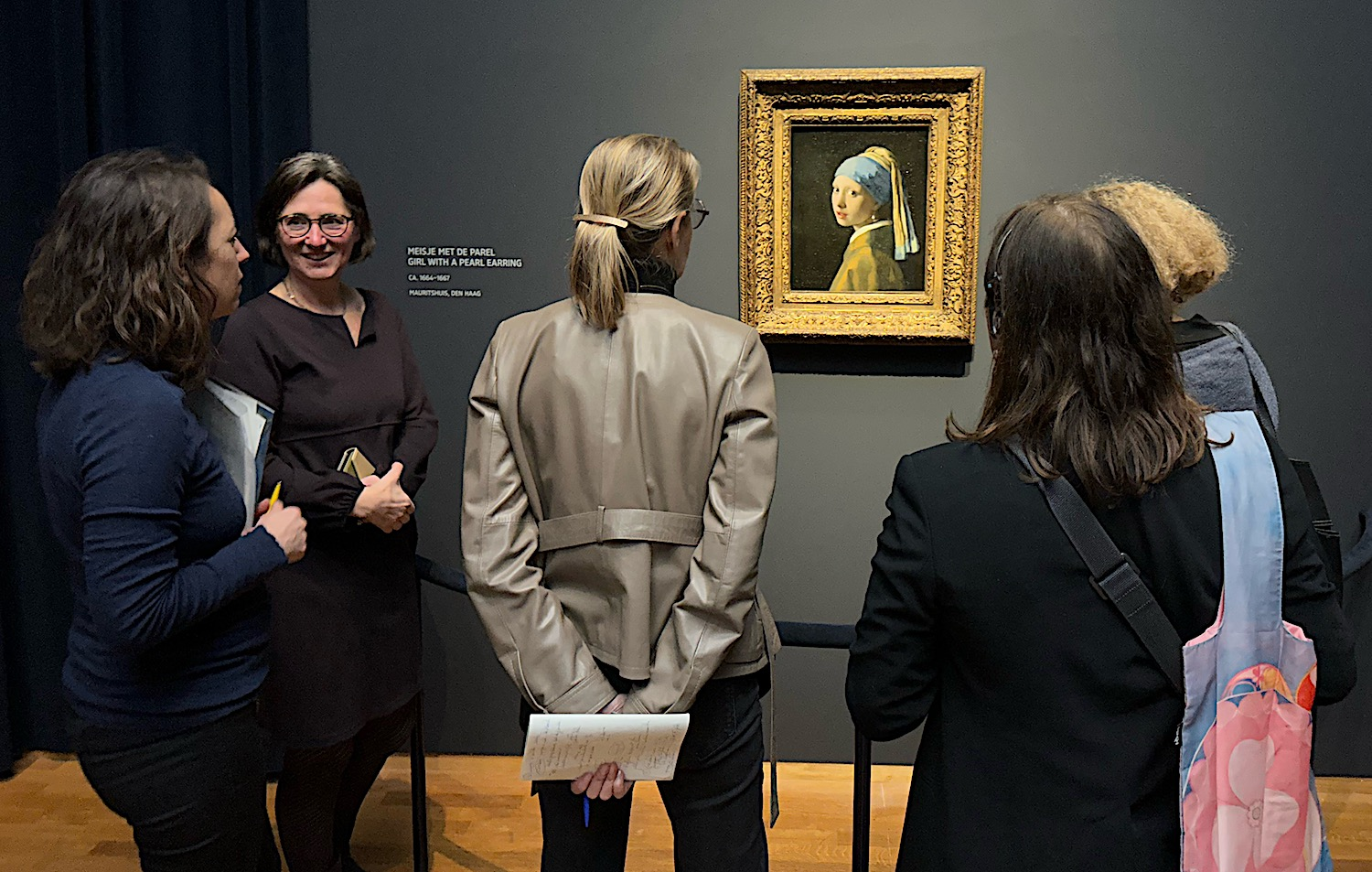
Museums serve as essential institutions for preserving and interpreting cultural narratives, acting as custodians of collective memory and promoting diversity and inclusion. The contemporary role of museums has evolved from merely housing artifacts to actively shaping and representing cultural narratives that reflect the complexities of diverse communities.
Expanding Curatorial Practices

The traditional responsibilities of curators are shifting significantly. As highlighted in a recent symposium, curators are increasingly recognized as storytellers and cultural custodians rather than just guardians of collections. This paradigm shift emphasizes the need for curators to engage with public discourse and connect historical artifacts to contemporary societal issues. Curators now often work within interdisciplinary frameworks and utilize narrative techniques to craft compelling exhibitions that resonate with diverse audiences, allowing visitors to form deeper connections with the artifacts presented[1].
Emphasis on Community Engagement
The future of museums must focus on representing the varied voices within communities. As Stacey R. Queen articulates, museums are challenged to serve as cultural safe spaces that attract and engage diverse audiences. By employing a multicultural and diverse staff, museums can contribute to more inclusive exhibition planning and programming, enabling them to elaborate on difficult social issues through their collections[2]. Such efforts help ensure that exhibitions reflect a broad range of cultural narratives, which is crucial given the impending demographic shifts in the United States where communities of color will become the majority.
Enhancing community engagement is also vital. Museums can foster meaningful connections by involving local communities in the exhibition process, ensuring that their narratives are authentically represented. The integration of community input is not only respectful but also vital for creating more relevant and impactful experiences for visitors. By prioritizing community narratives, museums help elevate underrepresented stories and promote collective understanding[3].
Storytelling as a Central Component

Storytelling is fundamental to how museums represent cultural narratives. It provides a means to connect disparate artifacts and stories, creating a cohesive and compelling narrative arc. Interactive storytelling techniques, wherein visitors play an active role, enhance engagement and emotional investment in the exhibits. This participatory approach allows visitors to forge personal connections with the narratives presented[5].
Moreover, the role of technology in storytelling is increasingly prominent. Utilizing tools such as augmented reality can transform traditional exhibits into immersive experiences, allowing audiences to engage with the narratives on multiple levels. This not only captivates visitors but also creates a more inclusive environment where diverse stories can flourish[5].
Addressing Social Issues through Exhibitions
As cultural landscapes become more complex, museums are tasked with addressing pressing social and political issues. They serve as platforms for public discourse, helping to bridge social gaps by curating exhibitions that not only present historical contexts but also provoke dialogue about contemporary challenges. Issues such as systemic racism, immigration, and gender rights are increasingly becoming focal points in museum programming[2].
The importance of integrating diverse lived experiences into exhibitions cannot be overstated. Museums that emphasize inclusion and representation create spaces for dialogue, healing, and understanding. For instance, the representation of Afro-descendant cultures in museum collections has been explicitly highlighted as vital to fostering a more just and equitable society, in line with UNICEF’s advocacy for increased involvement from indigenous and diaspora communities[7]. Such initiatives can redefine the cultural landscape, allowing museums to become agents of social change.
The Ethical Considerations of Representation
Authentic representation in museums goes beyond mere inclusion; it necessitates an ethical approach to storytelling that recognizes the power dynamics involved in narrative construction. Often, traditional storytelling methods can act as forms of appropriation or extraction, where voices from marginalized communities are not heard or fairly represented[6]. To counter this, museums must engage in co-creative practices, allowing community members to shape their narratives alongside curators. This elevates the authenticity of the stories told and fosters a sense of ownership among community members[6].
By incorporating feedback and narratives from those represented in exhibitions, museums can cultivate a more nuanced understanding of cultural identities. This collaborative approach enhances the richness of the museum experience while ensuring that all voices are valued and prioritized.
Conclusion: A Forward-Thinking Vision
Museums are at a crossroads where the representation of cultural narratives becomes essential for fostering inclusivity and understanding. By evolving curatorial practices, emphasizing community engagement, and harnessing the storytelling potential of technology, museums can successfully navigate the complexities of contemporary cultural landscapes. Their role is not just to educate but also to advocate for diverse narratives and equitable representation, thus transforming into dynamic institutions that reflect the diversity of the societies they serve[8][9]. The path forward lies in continuing to challenge traditional narratives and embracing a multifaceted approach to storytelling that resonates with all audiences.
Get more accurate answers with Super Pandi, upload files, personalized discovery feed, save searches and contribute to the PandiPedia.
Let's look at alternatives:
- Modify the query.
- Start a new thread.
- Remove sources (if manually added).